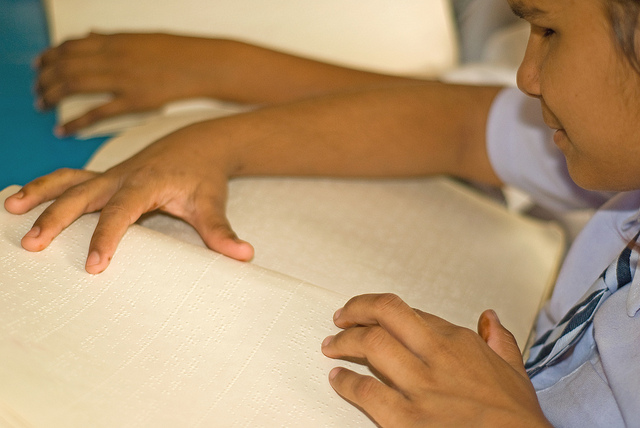Every day we do find someone finding out a new application for 3D printers. The application of this technology is broadening with each passing day. The technology is the same but the applications are innovative.
In this article we would talk about what this technology has done for the blind. This innovative application of 3D printing has been discovered by Lithunia’s Kaunas Library for the Blind. This library has come up with an idea of 3D printing models of notable landmarks, local buildings and the busts of famous people in order to impart a better sense to the blind about the way these places and people look like.
The other pioneers in this field of making gadgets for the blind in order to empower them is Ray Kurzwell, who devised a revolutionary reading machine back in 1976 that could change texts into speech for the blind. He said, “Braille blows my mind even more than sign language. The idea that someone’s finger can read is a paradigm shift.” He further added, “While access to texts and comes to absorbing books is certainly huge, focusing on the page makes it easier to forget that blind people have an entirely different experience of the entire world, especially when it comes to absorbing the aesthetics of three dimensional objects.” So this justifies the innovative step taken by the library. It is now equipping the blind with the aesthetic feel of the things that they have studied in texts.
An exhibition was put up in the library of these 3D printed objects and now these objects are on a tour across Lithuania. The objects include: the busts of famous folks such as Steve Woznaik, who posed for photographs in a recent visit to the state. He also agreed to the free distribution and availability of his 3D printed visage. It was sad that a very few Lithuanian were interested in getting involved with the project. On the brighter side the president of Lithuania, Dalia Grybauskaite wants to be involved in this project too.
Apart from these famous people the exhibition also includes iconic international landmarks such as the Reims Cathedral and the Taj Mahal. Local buildings and schools have also been printed so that the residents can get a feel of the neighborhood and the surroundings that they are living in.
With this project a lot of possibilities open up regarding the way we try to change the world of those with disabilities. This project does force us to open our minds and think a little about the ones that are under- privileged and cannot have an access to the world like us, such initiatives being out the philanthropic side of this technology. This initiative also is an eye opener for many museums that could work on the same guidelines to 3D print all the exhibits so that the blind can also get a feel of the things worth preserving in a museum.
Image Credit: J P Davidson (flickr handle: jpdavidsonimages)
